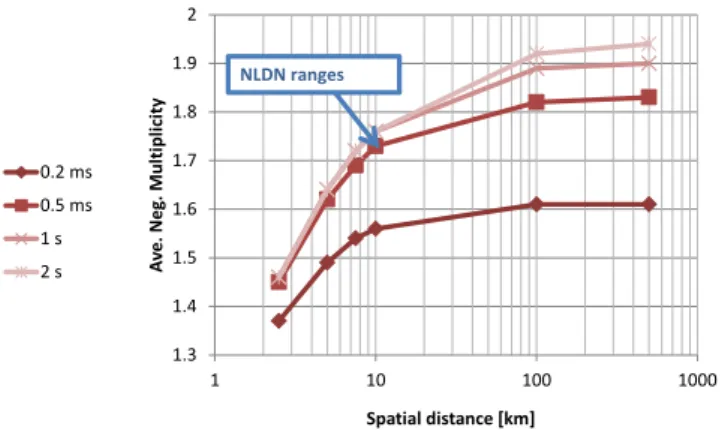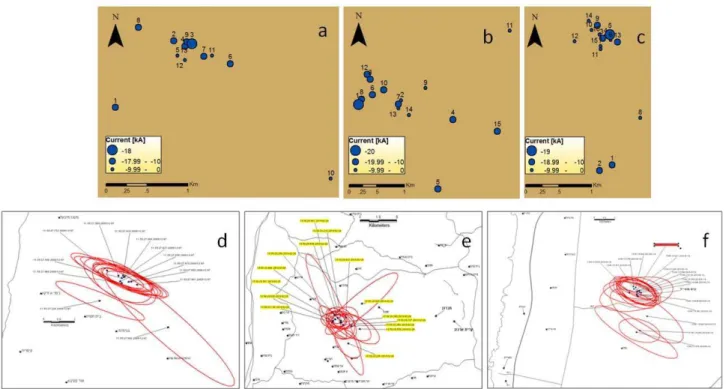Lightning flash multiplicity in eastern Mediterranean thunderstorms
Texto
Imagem




Documentos relacionados
Number of pixels, by land use class, used as training samples and for accuracy in supervised classification performed using Maximum Likelihood
Primary data concerning 99 flash flood events occurring in the Western and Eastern region of the Mediterranean basin and high-resolution hydrological data concerning 13 major
The separation of the maximum-boiling aze- otrope acetone/chloroform is used as a case study, using 7 candidate solvents, the ternary system can be classified into diagrams
Correct setting of the ignition timing is vital for the engine to produce the maximum amount of power possible by converting the combustion forces generated in the cylinder
Analysis of the atmospheric electrical activity of the storm shows a high average frequency of both cloud-to- cloud lightning and cloud-to-ground lightning, comparable to
Eletromagnético. Calculated electromagnetic fields of lightning return stroke. A modified transmission line model for lightning return stroke field calculations. Proceedings
We considered a method using the principle of maximum entropy to infer a network of interacting phosphotyrosine sites from pairwise correlations in a mass spectrometry data set
This detection efficiency model al- lows the prediction of the global variation in WWLLN light- ning detection, and an estimate of the minimum CG return stroke peak current required
